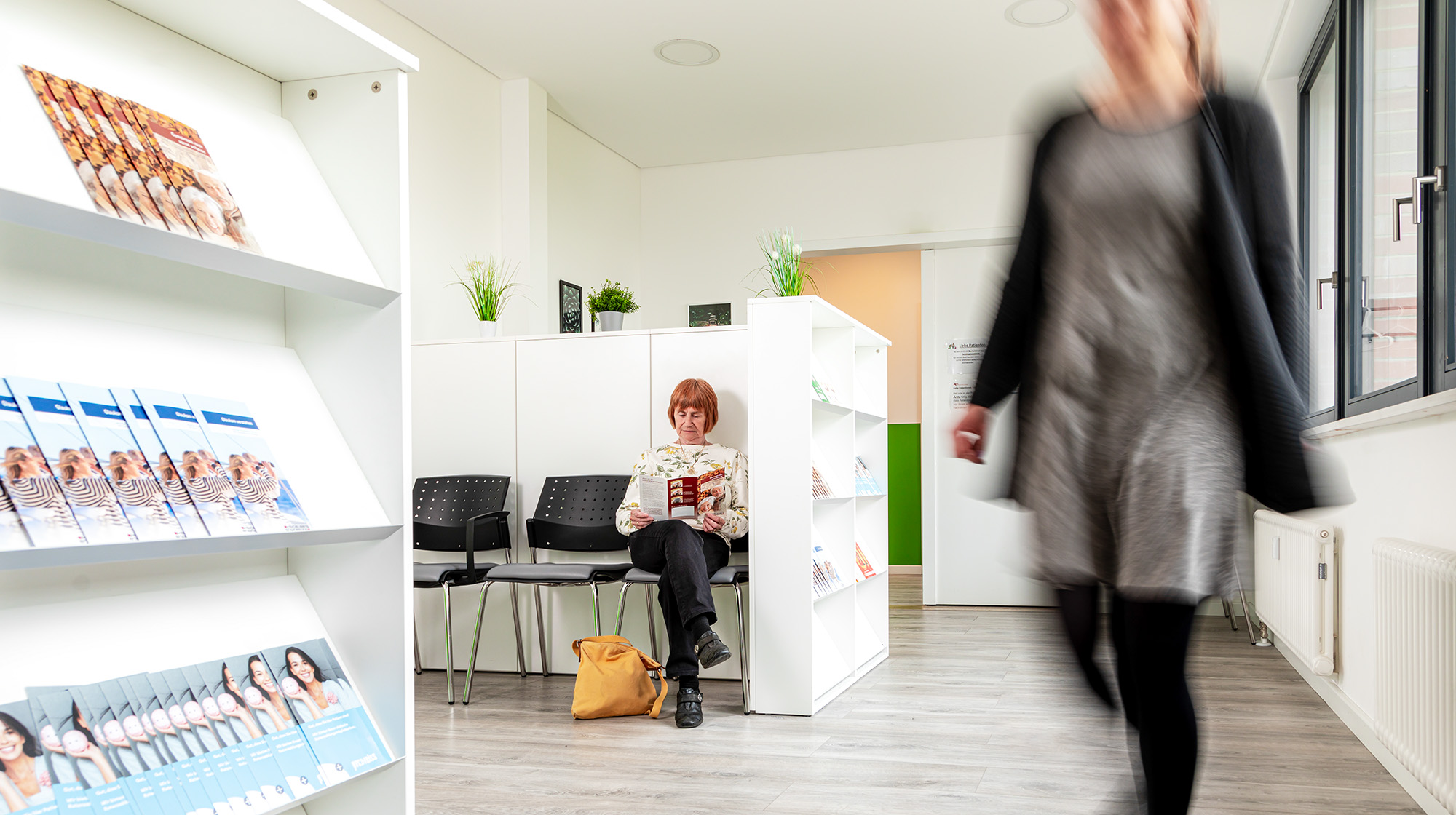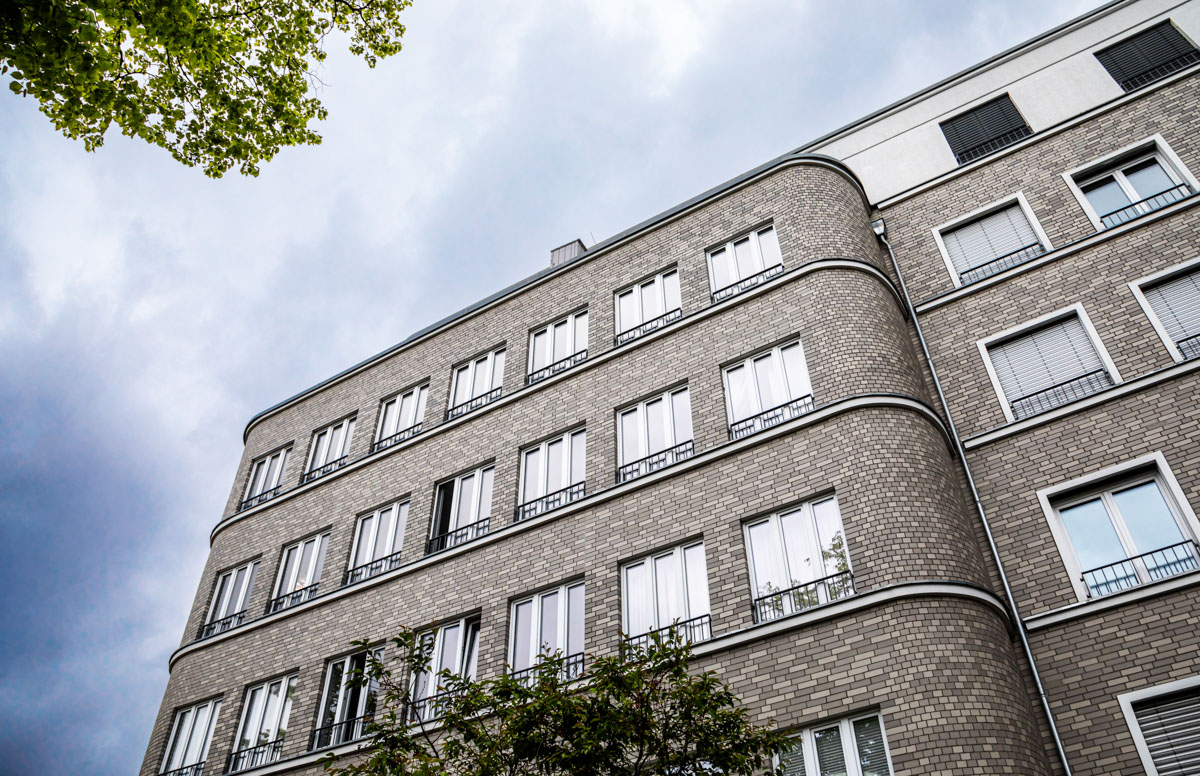
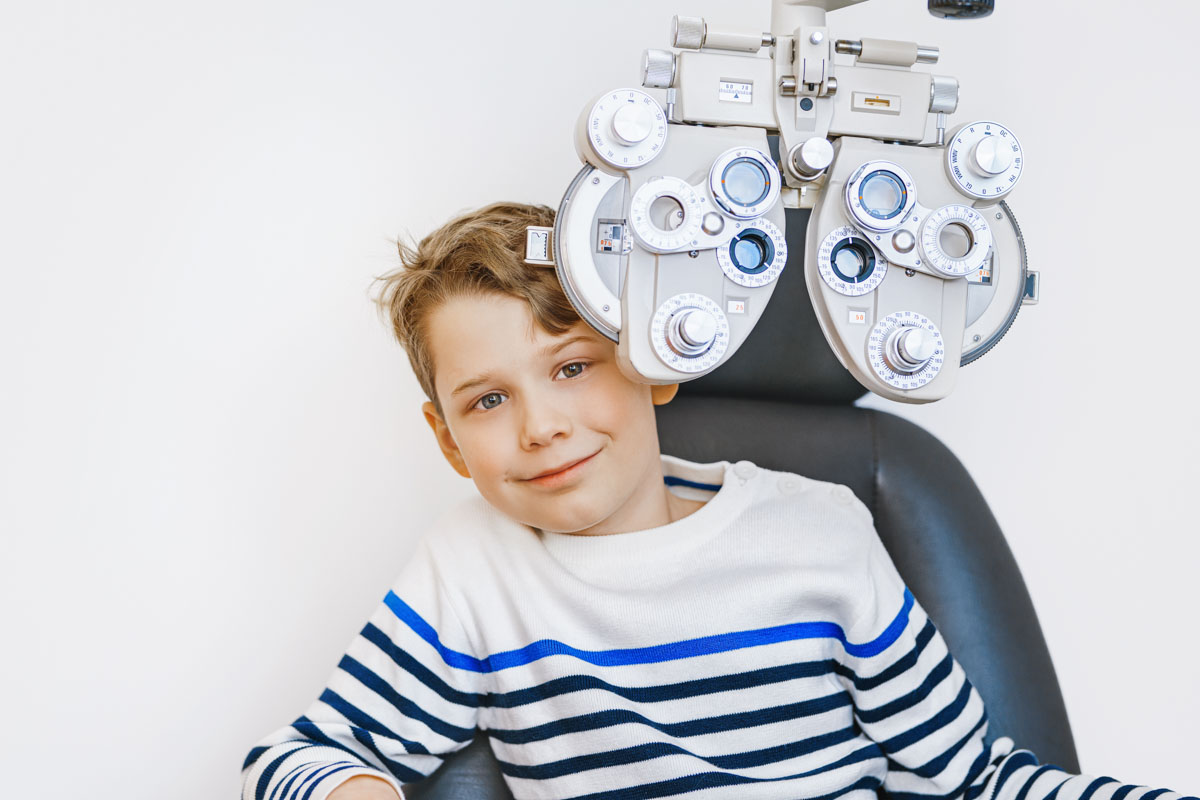
Myopia – stop myopia in children
Caring for children’s eyes, seeing adults well
Table of contents
Myopia is the clinical term for myopia. Children affected by myopia have difficulty seeing clearly in the distance, while close objects can be seen more clearly. Typical signs can be that children sit close to the TV or cannot see the blackboard at school well. Other symptoms include excessive blinking, squinting of the eyes, headaches or frequent rubbing of the eyes.
Due to the natural growth of the eyes, myopia can develop over the years. High myopia can be a risk factor for various eye diseases such as myopic macular degeneration, glaucoma, and retinal detachment. Early treatment of myopia can slow its progression and significantly reduce the risk of future eye diseases.
Countering myopia early enough
Preventing myopia
Genetic factors play an important role in prevention. Children are at a higher risk of becoming nearsighted if one or both parents are also nearsighted. Outdoor activities and less screen time can reduce the risk of myopia. It is advisable for children to spend at least 1.5 hours outside a day
in daylight and reduce time with digital devices such as tablets, smartphones and game consoles. Even though smartphones are almost indispensable these days, care should be taken to maintain an appropriate distance of about 30-40 cm and to provide adequate lighting. Wearing a suitable visual aid in full correction is essential.
Treatment options:
Myopia in children
Modern medicine offers several ways to slow down the progression of myopia. Studies have shown that a low dosage of atropine drops (concentration 0.01 percent) is effective. This treatment is typically used between the ages of 6 and 15 and continues depending on the findings. Although the use of atropine drops is off-label in Germany, this therapy is recognized and widely used.
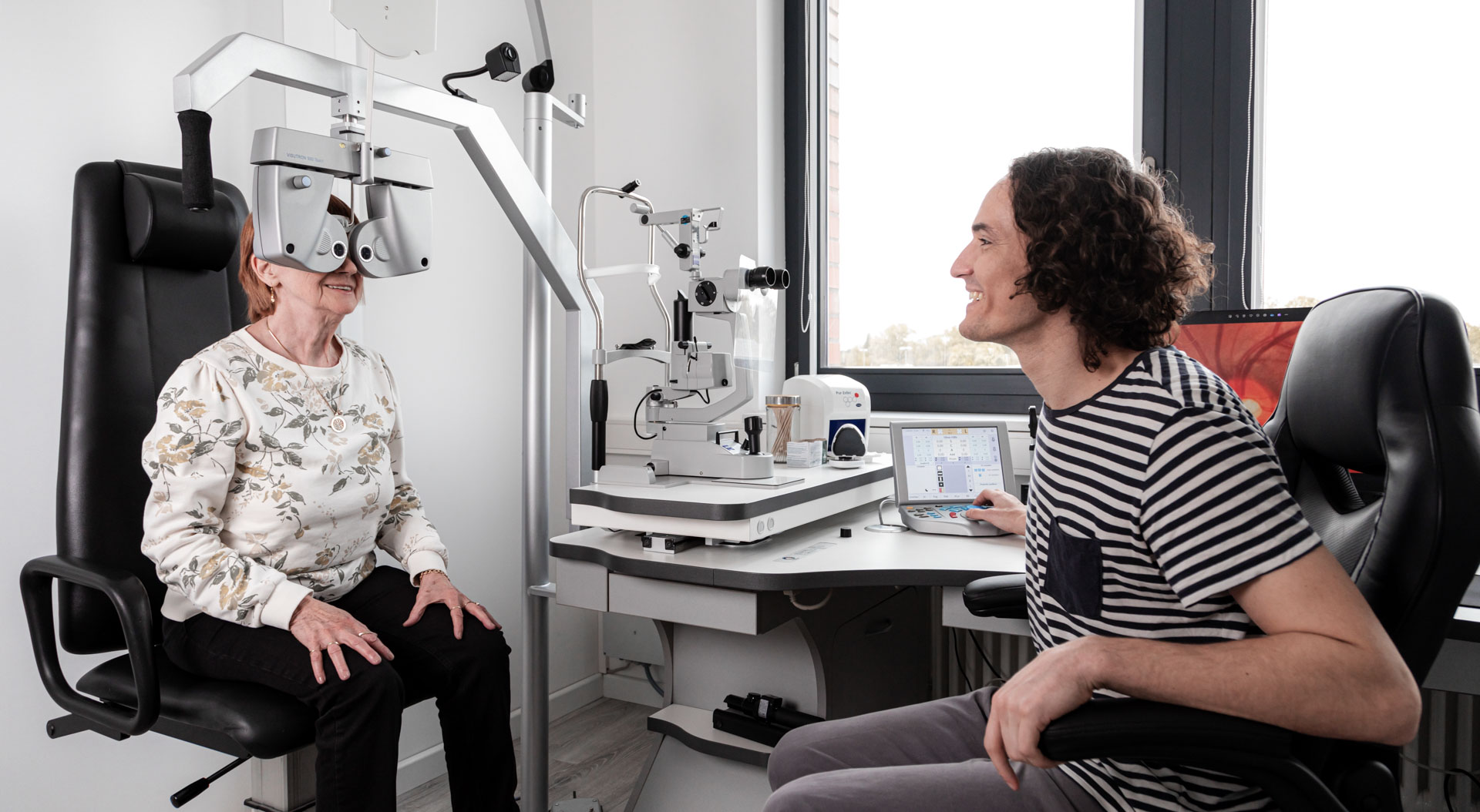
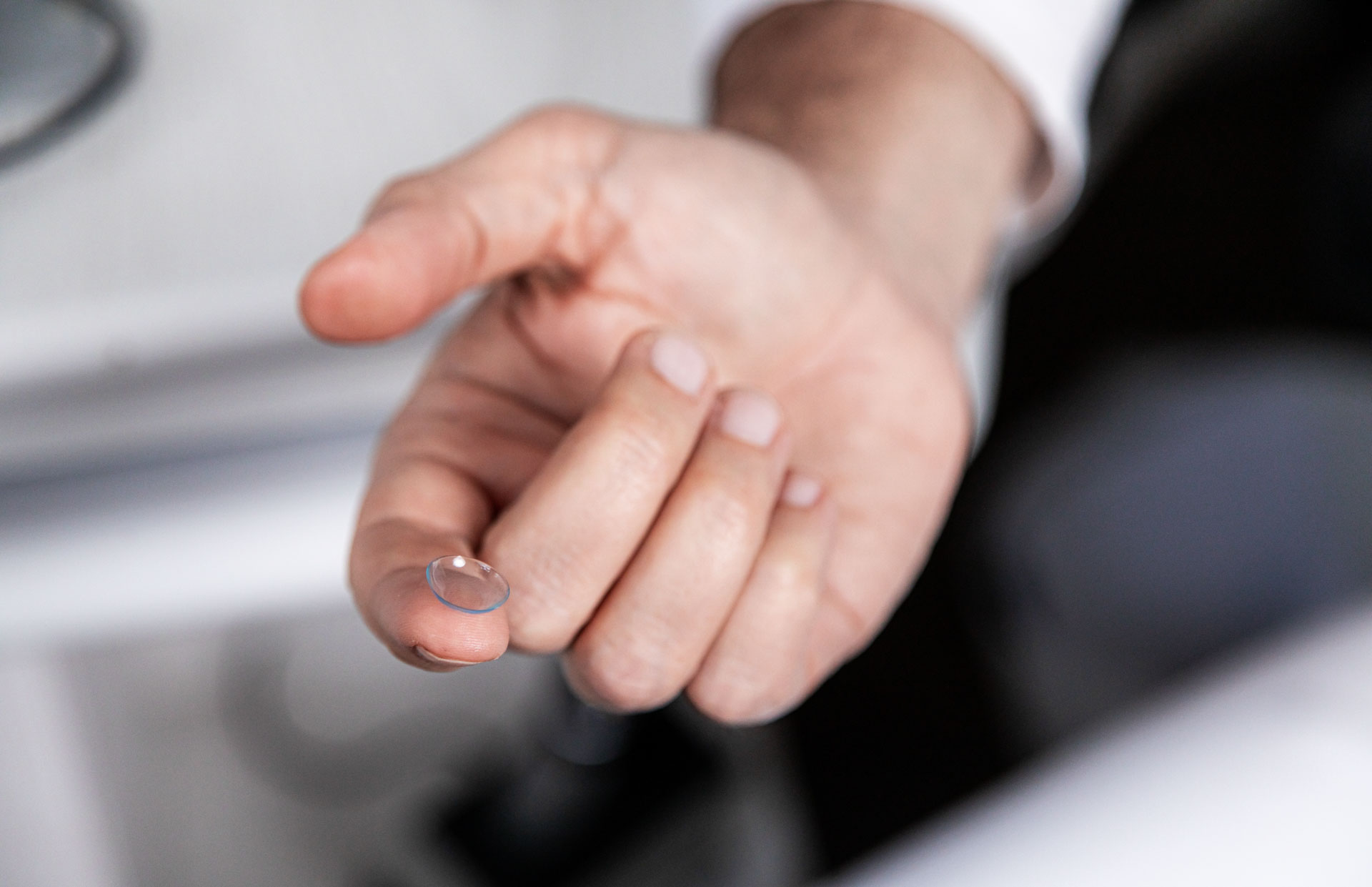
Special contact lenses
can help
Special contact lenses such as orthokeratological lenses (night lenses/Ortho-K) or soft myopia lenses also have positive effects on myopia. The optical design of these lenses affects the accommodation behavior of children, which means the dynamic adaptation of the eye to different distances and blurring. These lenses change the peripheral relative hyperopic defocus to myopic defocus in order to limit the length growth of the eye. The special design of the lenses has been shown to have an inhibitory effect on the progression of myopia.
Frequently asked questions about myopia in children
